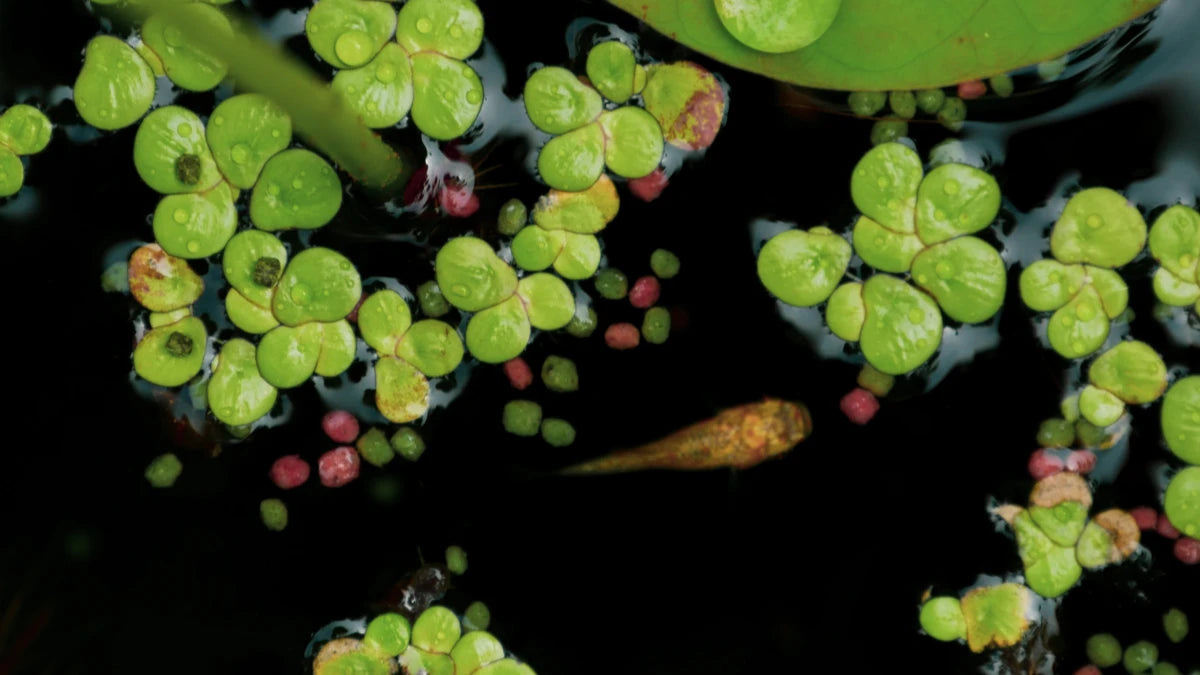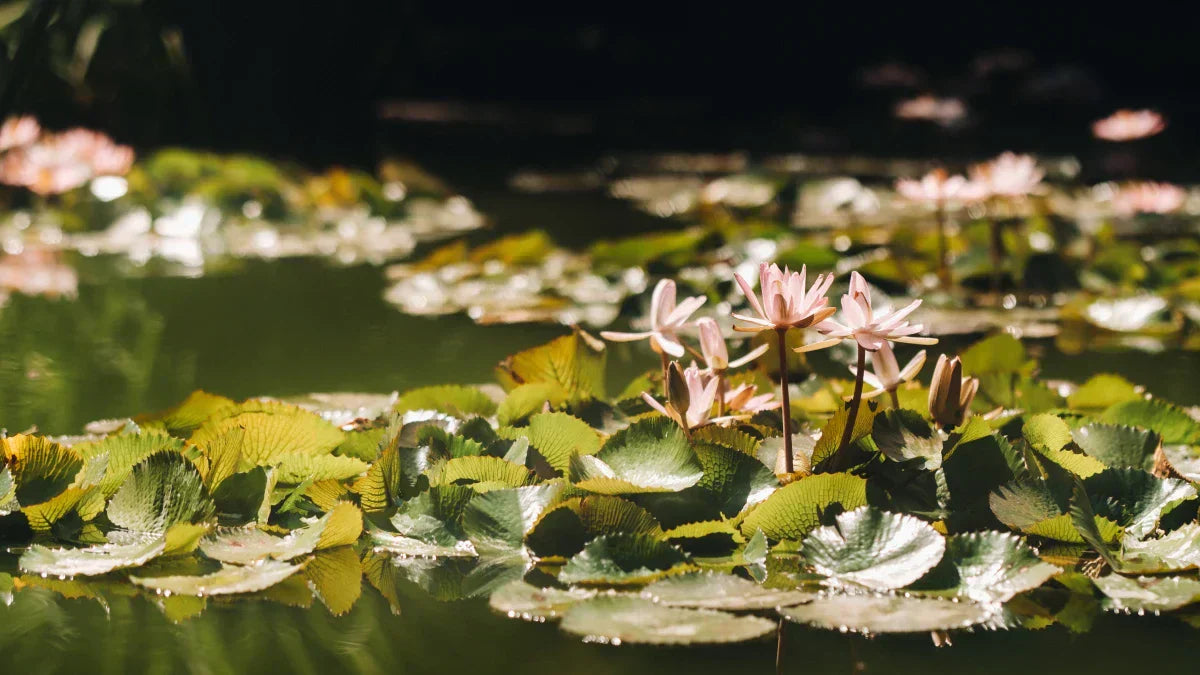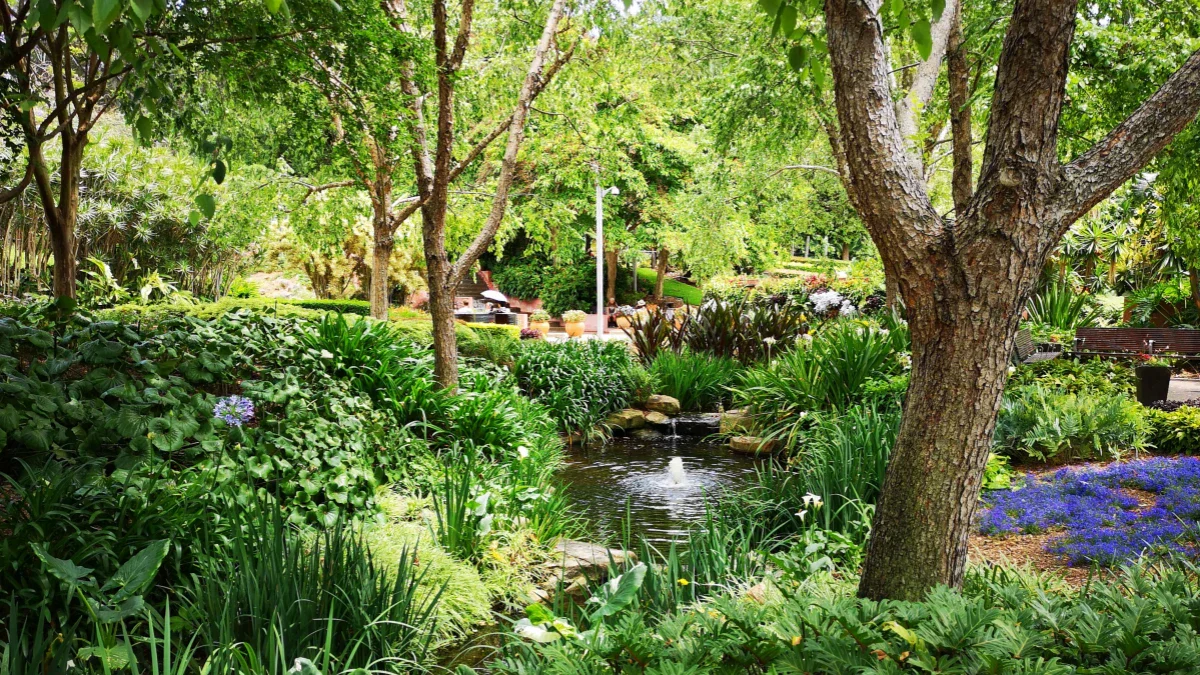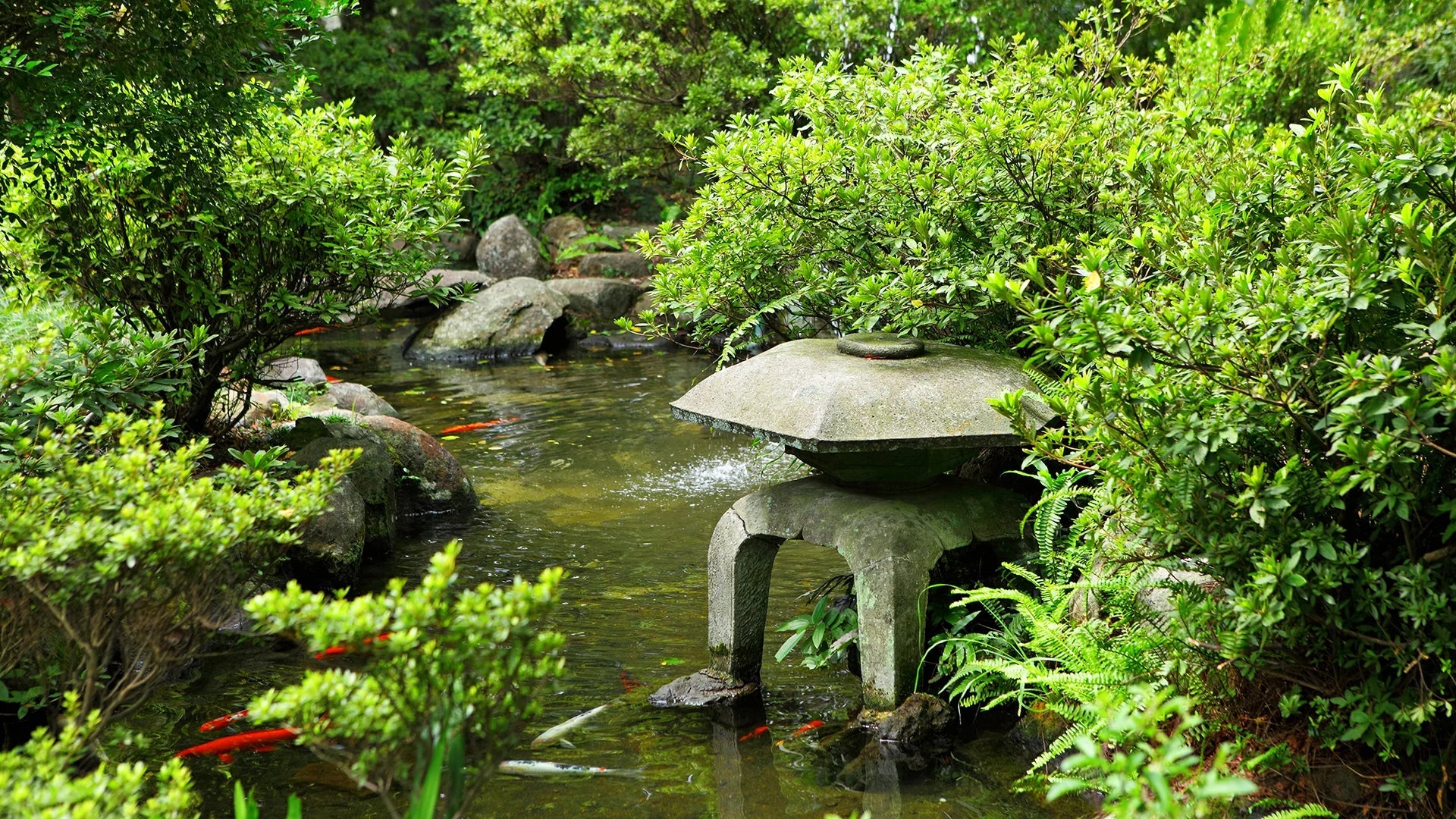Of all the challenges of owning a pond, perhaps the biggest one—especially on hot summer days—is keeping the water clean and at stable temperatures. Too much sun beating on the pond surface heats up the water, fosters algae blooms, and forces fish to work harder for oxygen. The good news is that Mother Nature has already given us an answer: floating plants for ponds. They act as nature umbrellas, creating pond shade, inhibiting evaporation, and facilitating clear pond water.
If you’re searching for reliable water cooling plants that thrive in U.S. climates, this guide covers the top species, planting strategies, algae control benefits, and seasonal care. Along the way, we’ll also look at how Poposoap pumps and filter kits support a healthy balance between plants and circulation.
Why Shade Matters for Ponds
Sunlight is both friend and foe. A little sunlight is beneficial for photosynthesis and vegetation. But when sunlight has its way on the surface, it raises water temperature and creates the perfect breeding ground for algae. When algae spreads over water, it contaminates the water, lowers oxygen at night, and competes with other plants.
Floating plants rectify this by shading the water's surface. A cover rate of 30–50% will be enough to prevent too much sunlight, lower temperatures, and make life easier for fish. Shade also slows down evaporation, which keeps ponds from drying out as fast in times of drought. Add in circulation from a Poposoap solar fountain pump, and shaded ponds have a more stable climate year-round.
Top Floating Plants for US Zones
The best floating pond plants are climate- and pond-size-dependent. The following are reliable varieties that are widely used in the U.S.:
-
Water Hyacinth: Beautiful purple blooms and fast growth make hyacinth thrive under hot weather but require control to avoid being invasive.

-
Water Lettuce: Rosette plant featuring soft and velvety leaves. Spreads very fast and offers good surface cover.

-
Duckweed: Little but potent, duckweed forms a thick layer of cover of shade over tiny ponds. Perfect for wildlife ponds when a natural look is needed.

- Floating Heart: Produces tiny yellow blooms and heart-shaped leaves. Suitable for medium ponds and has decoration value.
- Frogbit: It looks like little water lilies, with floating round leaves. Appropriate for temperate climates.
-
Lotus and Hardy Water Lilies: Technically floating-leaved rooted plants, but they're unbeatable for shade and visibility.

All of these act as cooling plants for the water and also help to give ponds a more natural appearance.
Planting Tips and Placement
Floating plants are among the easiest to start with. Simply place them on the surface and they will spread. For balance:
- Shade only half of the surface initially. Too much shade prevents oxygen exchange and circulation.
- Combine small plants like duckweed with tall ones like lilies for multi-level shading.
- Place lotus or lilies in the center and smaller floaters along the perimeter.
- In pumped ponds, install a Poposoap filter box to prevent roots from clogging intakes.
Remember, movement is important. Even in aquatic vegetation, circulation from a solar fountain or waterfall kit retains oxygen in the water and prevents stagnation.
How They Halt Algae Control
Algae are nutritionally dependent on sunlight and surplus nutrients. Floating plants address both problems:
- Reduced light penetration. Less sun equals less algae growth.
- Competition for nutrients. Fast-growing floaters hijack nitrates and phosphates that would otherwise go to algae.
- Leaves impede surface settlement of airborne spores.
All these effects combine to support clear pond water naturally, with no harsh chemicals. Numerous Poposoap users say that the use of floating plants combined with solar filtration works wonders in eliminating algae problems, particularly during summer.
Maintenance and Winter Considerations
Similar to any plants, floaters require some maintenance:
- Regular thinning: Most water plants, such as water hyacinth, grow rapidly. Trim excessive growth to avoid oxygen loss.
- Seasonal change: In colder environments, tropical floaters like water lettuce will not survive winter. Remove them in fall and compost. Hardy lilies and lotus will survive the winter on the pond bottom.
- Pump and filter cleaning: Poposoap pumps have no trouble handling plant-covered ponds, but intakes need to be inspected every month. A brief rinse keeps flow normal.
- Monitoring algae: If algae returns, adjust plant cover or circulation changes.
An even mix of float plants and regular pump maintenance keeps ponds in harmony year-round.
Where to Buy & Price Divide
Float plants are easily available at garden centers, pond shops, and online. Costs vary by species and size:
- Duckweed: Inexpensive, often sold by cup or scoop.
- Water Lettuce and Hyacinth: Usually sold by plant, anywhere from a few dollars per plant.
- Lilies and Lotus: Worth more of an investment, usually $20–40 per pot, but lasting and appearing lovely.
- Frogbit and Floating Heart: Reasonably priced, suitable for smaller ponds.
Also budget for accessories money for things like Poposoap solar pumps, filters, and pond lighting. They repay your plant investment by causing water to flow, stay clean, and be attractive to wildlife.
Conclusion
Floating plants do a lot more than just decorate the surface of a pond. They shade, regulate temperature, and fight algae at its source. Blending species suitable to your climate, planting them carefully, and combining them with regular circulation devices will allow you to enjoy clear pond water throughout the year.
Poposoap's solar-powered mini pond sets, filter boxes, and pumps allow you to maintain a healthy balance between water movement and plants. Whether you're building a new addition or restoring an existing pond, one of the easiest and most satisfying upgrades you can build for aesthetics and operation is to add floating pond plants.





Leave a comment
All comments are moderated before being published.
This site is protected by hCaptcha and the hCaptcha Privacy Policy and Terms of Service apply.